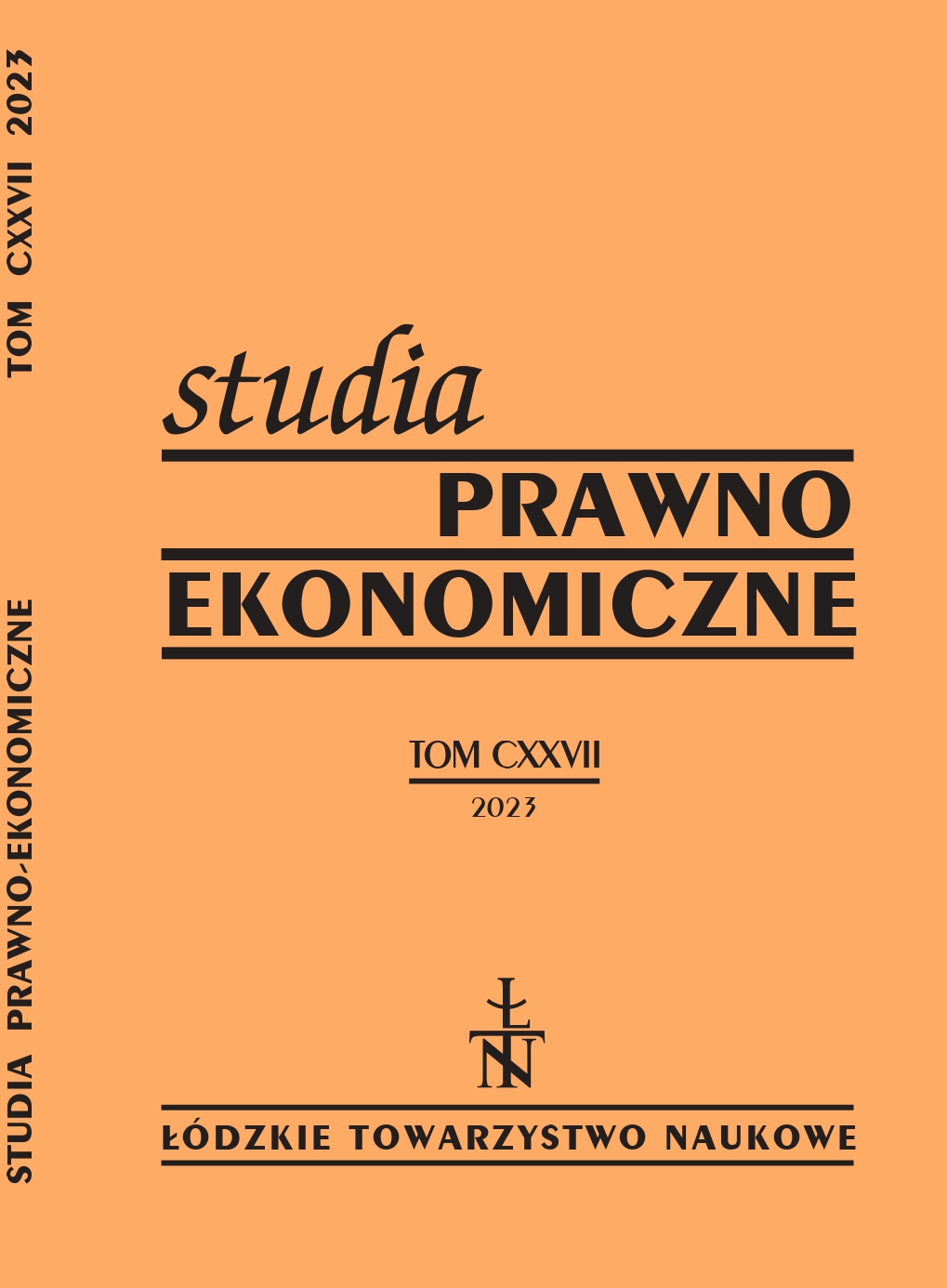INWESTOWANIE W LEŚNICTWO JAKO FORMA ALTERNATYWNEGO OSZCZĘDZANIA NA EMERYTURĘ
INVESTING IN FORESTRY AS A FORM OF ALTERNATIVE SAVINGS ON PENSION
Author(s): Dawid BanaśSubject(s): Agriculture, Socio-Economic Research
Published by: Łódzkie Towarzystwo Naukowe
Keywords: long-term investment; old age security; socially responsible investing; long-term savings;
Summary/Abstract: Background: The volatility of interest rates results in increasing problems predicting the effects of capital investment. This makes it necessary to diversify an investment portfolio. Alternative investments, which are characterised by a long period, can help, making them particularly suitable for those who prefer a “buy and hold” strategy. As such, they can be a good solution for people planning long-term savings to financially secure their old age, especially since there is a low interest in pension saving products in Poland. Investing in forestry is one of the many forms of alternative investment due to the widespread use of wood, as well as sustainability trends. Research purpose: The aim of the study is to present the opportunities, as well as the benefits, of investing in forestry with a particular emphasis on saving to secure old age as this is likely to be the direction taken by financial institutions in the coming years. The long period of development of forest stands led the author to hypothesise about whether investing in forestry can be considered a long-term alternative investment, especially in the context of saving for retirement. Methods: The article uses both qualitative and quantitative methods, including a meta-analysis of the literature, a descriptive method and a logical inference method. As a starting point for the empirical analysis, the Pearson correlation between WIG20 Total Return and the price of sawn timber was used, which was chosen as the basic raw material that can provide the investor with profits from investing in forestry. Then, the Sharpe ratios for both investments from January 2005 to May 2022 were estimated.Conclusions: The research hypothesis was positively verified. Investing in forestry can be considered a long-term alternative investment as it fulfils a number of characteristics, including barriers to entry, the requirement for specialised knowledge, and valuation problems. A low Pearson correlation was obtained between alternative investments (lumber price) and traditional investments (WIG 20 Total Return). The Sharpe index showed that, in the long term, lumber is characterised by a higher investment efficiency than the WIG20TR.
Journal: Studia Prawno-Ekonomiczne
- Issue Year: 2023
- Issue No: 127
- Page Range: 79-98
- Page Count: 20
- Language: Polish

